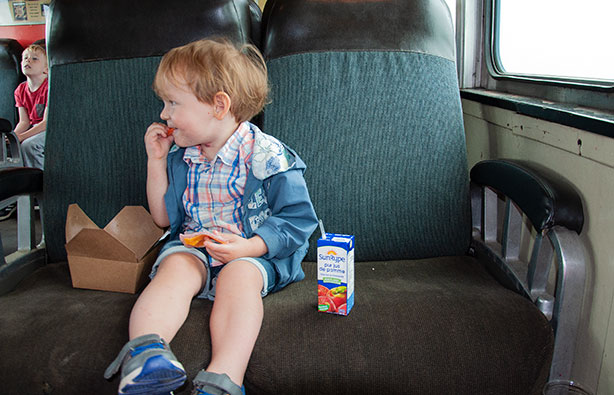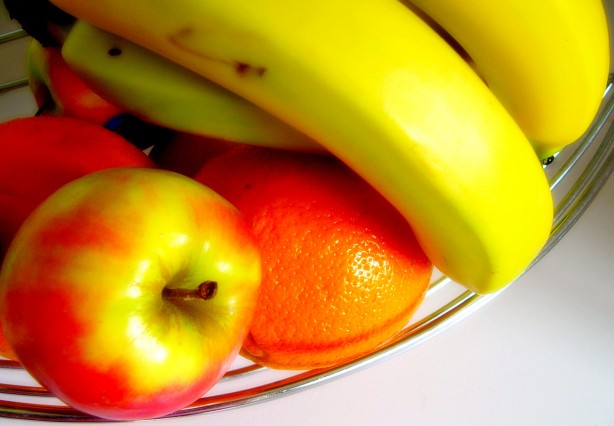With a history of eczema in my family, skin conditions are something I’ve learned quite a bit about. And recently, I’ve noticed my youngest has a rough patch or two on his body that may be an indication of one of the more common skin conditions.
Psoriasis is a chronic skin condition that causes the formation of randomly distributed patches or plaques of compacted skin with a flaky or crusty appearance. Although initial outbreaks don’t usually occur until the late teens, up to 30% of sufferers are under ten years of age. There are many symptoms parents should look out for to help obtain an early diagnosis and suitable psoriasis treatment.
What Causes Psoriasis?
Psoriasis is an irregularity within the body’s auto-immune system, and therefore not contagious in any way. Despite extensive research, the precise causes are still unclear, but there is often a genetic element. Children have a 10% chance of developing the condition if one parent has psoriasis, but the risk increases to 50% if it is present in both parents.
How Psoriasis Develops
Psoriasis is essentially an over-productive epidermal layer. Unaffected skin cells normally complete their development cycle in twenty-eight to thirty days before falling from the skin. In psoriasis, the process takes just three to four days, and the cells remain on the surface where they form flaky, scab-like patches.
Symptoms
The skin condition has various symptoms, so watch out for any combination of these and consult with a doctor if you notice them:
- Scratching – The most obvious symptom is scratching as psoriasis in kids produces an intense itch. The real danger here is tearing the skin and encouraging infection, indicated by oozing pus.
- Infections – A flare-up of psoriasis is often preceded by an infection in the bronchial tract, throat, or ear. Very occasionally, an injured area of the skin can prompt an outbreak, which is referred to as the Koebner Phenomenon.
- Stress – Stress and anxiety are known contributory factors, but it can often be difficult establishing the underlying causes of anxiety in children. Psoriasis in itself is distressing, particularly for very young children who cannot fully understand the situation. Being teased about it at school can exacerbate the condition.
- Red, Warm Skin – Areas of the skin before and during an outbreak often have a reddened appearance and will feel warmer than usual. This is due to the increased blood flow that is being diverted to serve the rapidly developing skin cells.
- Thirst – Psoriasis interferes with the body’s ability to absorb and efficiently distribute water. Children will complain of being thirsty, and plenty of drinks should be supplied to prevent dehydration.
- Dry Skin – Inefficient moisture being directed to the epidermis results in dry skin. The surface can often become papery and even crack before an outbreak.
- Fatigue – Children are already converting large amounts of energy as they grow, but the additional activity within the rapidly developing skin cells can leave children with psoriasis feeling unusually tired.
- Pitted, Discolored Nails
The nails of the toes and fingers gradually become thicker and can look discolored. The surfaces of the nails often appear uneven or pitted. - Painful, Stiff Joints
Occasionally, psoriasis causes swelling and stiffness in the joints – this is referred to as psoriatic arthritis. Children might complain of aches and pains in any joint or have noticeably impaired mobility. - Allergic Reactions
Exposure to various external substances, such as pet hair or certain ingredients in soap and shampoo, can cause an outbreak of psoriasis in kids. There is also thought to be a strong link with allergies triggered by consuming dairy products or food containing gluten.
Psoriasis Treatment
Creams containing steroids, coal tar, vitamin D, and rich emollients such as coconut oil are commonly applied to the skin. Phototherapy, which exposes the skin to ultraviolet light, can help in some cases of psoriasis in kids.
Self-help remedies include a diet rich in Omega-3 fish oils and a wide selection of fresh fruit and vegetables. It can take a great deal of trial and error to find a suitable psoriasis treatment, as every patient responds differently to the available remedies, but establishing the symptoms can help bring faster relief.
Dealing with a skin condition can be challenging, and it’s doubly so when your child is the one suffering. But getting the initial diagnosis is the first step to dealing with that challenge! Then, work with your doctor to find the best treatment for your little one. With a little patience, you’ll find the best way to keep your child happy and comfortable!



I have my little niece staying with me who has a bad case of what I suspect to be psoriasis. Thanks for giving me the necessary tips on how to go about dealing with it. Many thanks.
It’s good to know that dietary changes can make such a big difference to conditions like psoriasis. Very informative post.
I have both ecsema and psoriasis…….I was born with it covering the back of my legs. The one and only thing that has ever taken away a breakout was ocean water……..My parents had me at the beach a lot.
Excellent post. My skin condition is so horrible during the cold months!
I enjoyed reading this post Its good to work with a doctor to get the best results for skin conditions